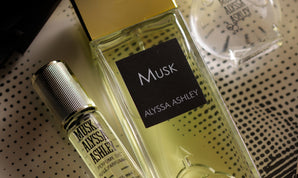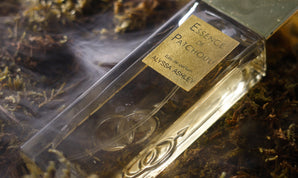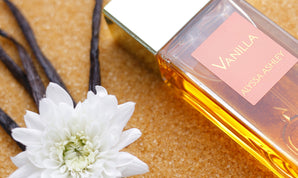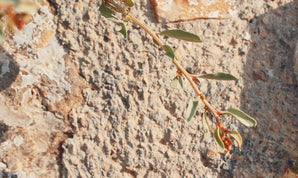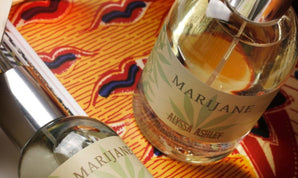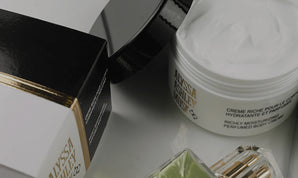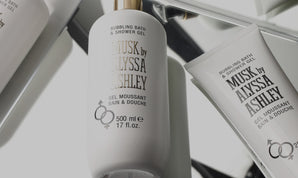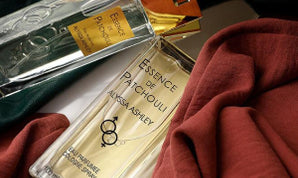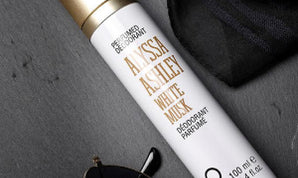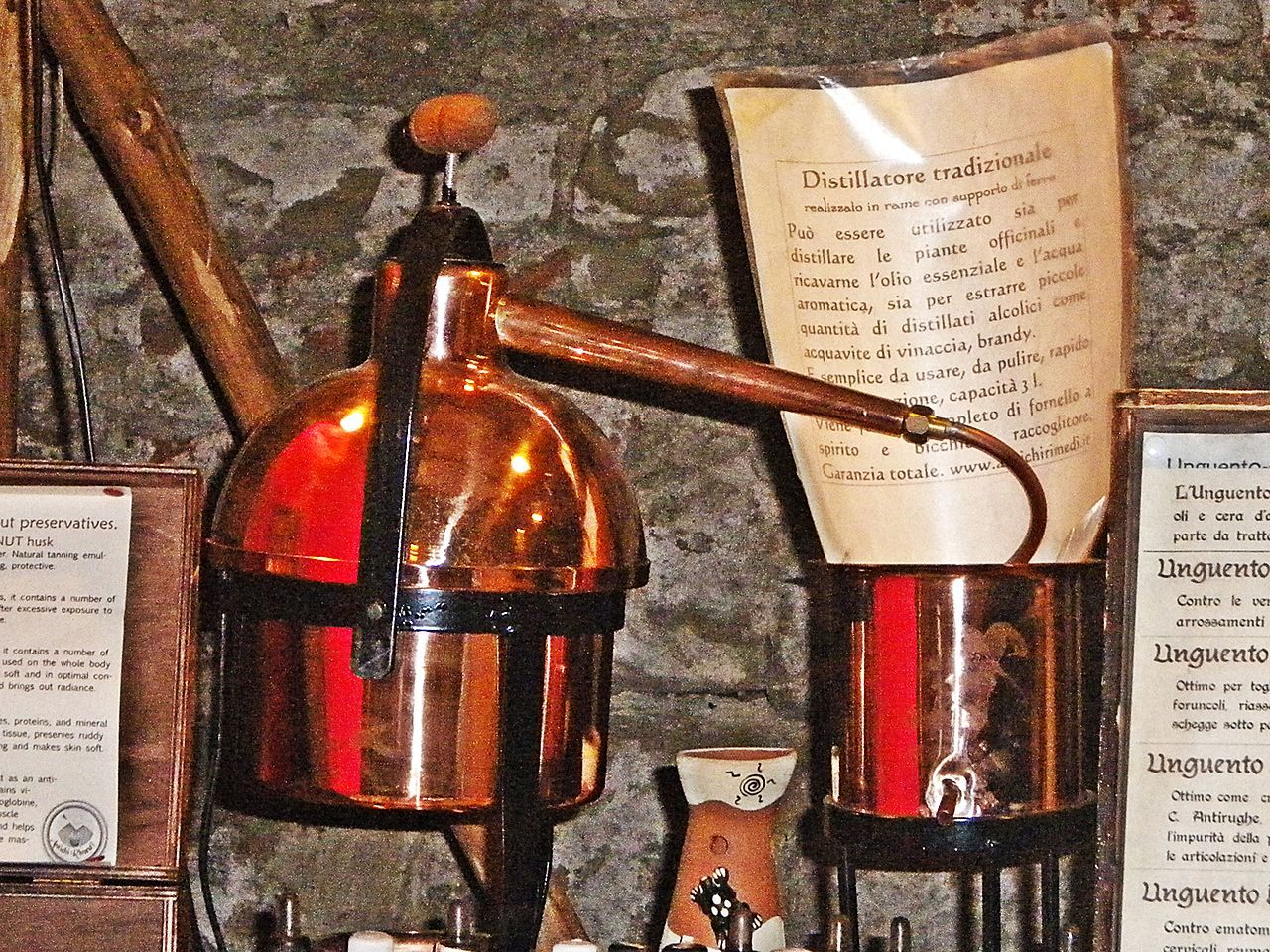- The enfleurage method
- Extraction with Volatile Solvents
- Infusion
- Distillation
- Spremitura, pressing for essential oil
- Mmolecular distillation
- Splitting
Since ancient times humanity has been trying to capture the fantastic smells of nature, to use them as it wished. It s quite astonishing to discover that many methods used at that time have not been changing through the time, although technology had gone forward in many fields.
The enfleurage method
One of the most ancient and romantic method is the Enfleurage. Born during the Egyptian era, it consists of laying petals on some frames covered with grease , where they are left to rest for a few days so that the fat could absorb the essential oil contained in the flower. After the petals are removed and substituted with fresher ones until the fat gets saturated with essential oil. This compost called ""pomata"" ( ointment) is then heated up and mixed with some alcohol . So the fat is separated from the essential oil mixed with it , so that the alcoholic part could evaporate and leave just perfumed oil, which takes the name of "" absolute "". This method of extraction is particularly used for the most delicate raw materials which ,if exposed to high temperature ,would irreparably change their olfactory result. The first variation within its behavior has been made in 1986, after the the spread of the crazy cow disease , therefore the animal fat has been substituted for the vegetable one.
On the other hand the Enfleurage is an extremely expensive method , for this reason it's rarely used nowadays and it has been replaced with other procedures.
Extraction with Volatile Solvents
The most common one is the extraction with Volatile Solvents. The technique was presented for the first time at the Wien Universal Exhibition in 1873. In this case the raw materials are washed with a volatile solvent. From the process it'll come out an ointment made of essential oil and wax which is heated up and mixed with alcohol; we divide on one side the wax and on the other the alcohol with essential oil; this last one will be then boiled to make evaporate the alcohol and keep only the essential oil.
The carbon dioxide is transformed in liquid state and kept under pressure with temperatures never higher than 40 degrees . This technique allows not to alter the smell and keep it in all its purity. Moreover it has brought interesting evolutions which allow to extract the essential oil directly from the plant, without subject the raw material to all those manipulation that alter the scent.
Infusion
Another very ancient technique is the Infusion. Here the raw materials are put in canvas bags and immersed in heated fat with temperatures till 70 degrees centigrade. In this case the fat gets saturated with essential oil creating a scented oil.
Distillation
The most common method , also very ancient, from which we can extract essential oil is the Distillation. It's first use goes back to Mesopotamia , later perfected by the Arabs during the Middle age, thank to the doctor/philosopher Avicenna. In a boiler called alembic, raw materials are mixed with water. This one is boiled and the vapour coming out of that, which carries the essential oil, is let through glass serpentine shape pipes. During the passage the vapour cools down and the liquid coming out goes into a decanter, where we obtain on one side essential oil and on the other scented water.
Spremitura, pressing for essential oil
For everything concerning citrus zest, on the contrary its used a specific extraction technique called Spremitura ( squeezing / pressing). Citrus fruits essences are particularly delicate and would get ruined straight away if put in high heat. The zest is put in a press and squeezed until the essential oil comes totally out.
Molecular distillation
We must say though that extraction procedures most commonly used, produce absolutes and essential oils,whose smell is not a hundred per cent faithful to the one of the natural raw material, since the transformation process alters the result. To avoid this variation as much as we can, the molecular distillation method is used. This technique, through the use of vacuum and production of steam at low temperatures, can treat the product altering the odour only minimally.
Splitting
Another recent extraction procedure is the Frazionamento ( splitting). It uses the process of distillation but the oil is divided thank to the splitting columns. In this way we can isolate different parts of the perfume in order to have more guided olfactory results. When we are in front of an olfactory pyramid of the perfume we purchase , we can easily understand the quality of raw materials employed and above all how we can expect that the olfactory result of our product is really faithful to the one we smell in nature or it's an artistic interpretation of our creator : the perfumer .
